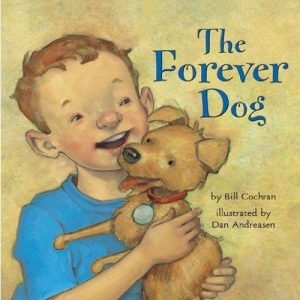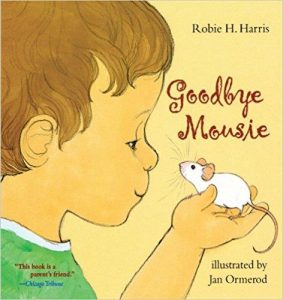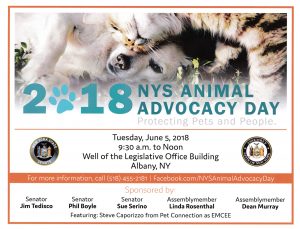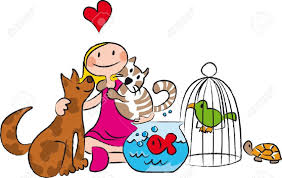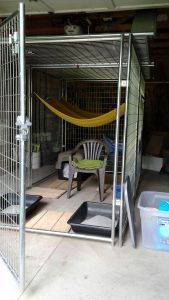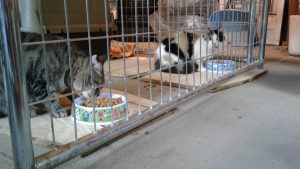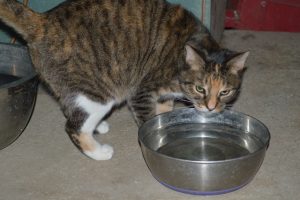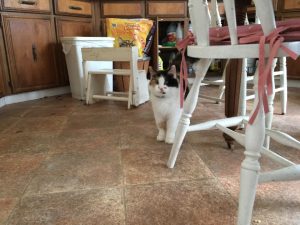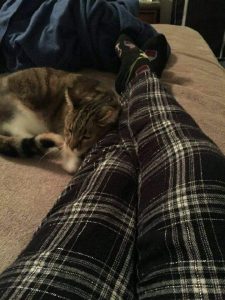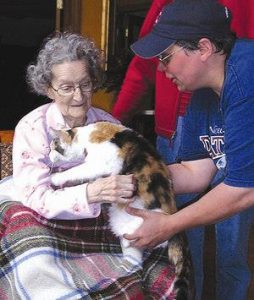Join the Fun With TASP! Events Coming Up Soon…..
Tag Sales, Photo Clinics, Adoption Clinics and MORE! There are SO many TASP events going on throughout the year! All are for raising the funds needed to continue our mission of helping companion animals stay safe and healthy. Want to help? Visit/volunteer/donate/shop! Bring your friends and family and have a blast while you help local animals! CLICK HERE for a fast connection to the TASP Events Page.

